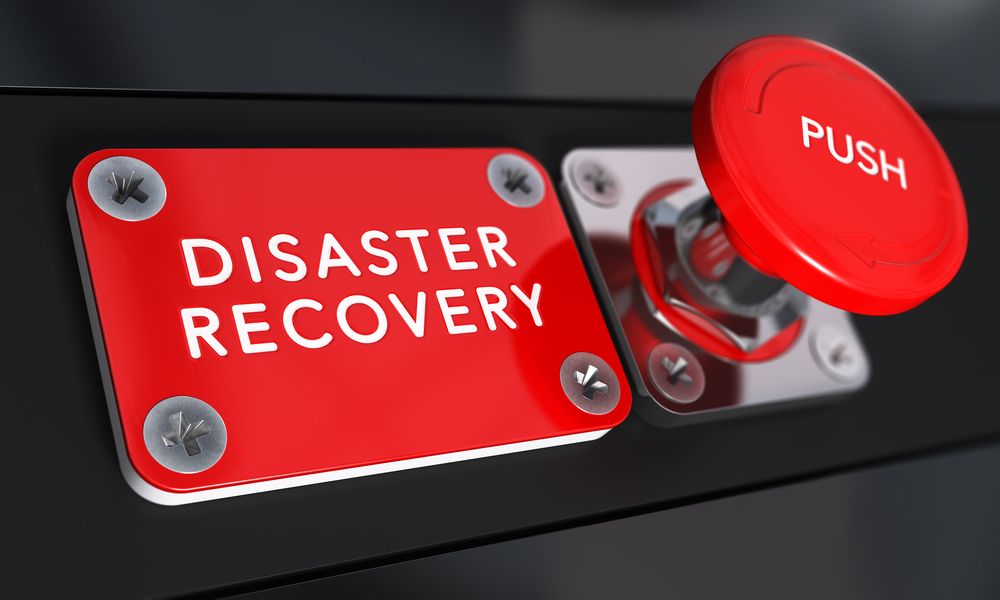
Your entire network or database could be instantly knocked out without a workable disaster recovery plan.
If your organization does not have a functioning disaster recovery plan in place, chances are the consequences will be more severe than you might imagine. The National Archives and Records Administration reports that 93 percent of companies experiencing data loss which extends for 10 or more days, will file for bankruptcy within one year. Also, 43 percent of companies without a disaster recovery plan will likely go out of business as a result of a major data loss.
A well-thought-out disaster recovery plan takes into consideration how to resume work quickly and reduce interruptions, allowing for sufficient IT recovery and the prevention of data loss.
Following are the top four benefits of a quality disaster recovery plan;
Cost Efficiency
The most important elements of a disaster recovery plan are these.
- Preventative procedures that reduce the risk of a manufactured disaster taking place
- Detective procedures to identify unwanted events quickly and responsively
- Corrective procedures to recover lost data and allow for business to resume efficiently
To accomplish these goals, you will have to do the following:
- Run analysis of potential threats
- Maintain IT systems in optimal condition
- Seek innovative solutions to guarantee business continuity and focus on cybersecurity
Innovative hardware and software can potentially save you a lot of money in the long run as well as adopting cloud-based data management. This part of disaster recovery planning drive down the cost of archive maintenance and comprehensive backups.
Increased Productivity
Execution of a disaster recovery plan must be performed by the right people. Understanding of their specific roles and responsibilities, which should be assigned in advance, will increase effectiveness and productivity.
To be doubly confident, have at least two people capable of handling the same task. This type of redundancy can prove incredibly beneficial in the long run. When multiple employees are capable of handling a given task, organizations can benefit from peace of mind pertaining to overall integrity of the network. It also accounts for someone being out on vacation or on sick leave, ensuring a qualified individual within the organization is on hand to carry on.
Likewise, the same cross-training rule applies when an employee leaves the company. These are just a couple of scenarios that could be anticipated and addressed in a disaster planning strategy.
Greater Customer Retention
Reliability is what clients want and in the case of failures or downtime they can be less than forgiving. If clients’ expectations are not met, they might simply move on to another service provider.
Disaster recovery planning helps you to retain customers. Too often a chain reaction of downtime can lead to potential failure of more than one or two businesses in the supply chain. Investing in disaster recovery planning is one of the essentials to sustainable customer retention.
Keen Understanding of Scalability
One of the key things needed when planning disaster recovery is to identify innovative solutions such as cloud-based data storage and backups. This will simplify the process of archive maintenance, enhance the effectiveness of backups, and reduce the cost of disaster recovery.
Cloud options are easily scalable and offer more flexibility. Disaster recovery planning begins with a thorough research and a comparison of possibilities. VAZATA offers quality, scalable data storage options and data protection services.
Disaster recovery planning can streamline your IT processes and make your business more resilient and profitable. Be well prepared for hardware fails, hacker attacks, and other disasters with a top-down disaster recovery plan and process.
VAZATA can help you with planning and services for disaster recovery and much more. Let us know what you need so we can discuss your best options.
